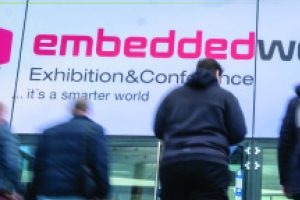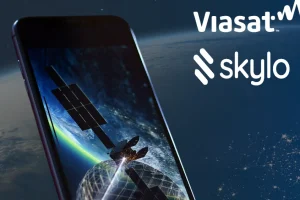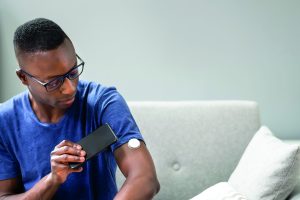I know you have IP for low power processors and sensor networks; what do you see as the big potential applications for these IoT technologies?

Daniel Cooley
Daniel Cooley: The range of Internet of Things end-node applications is virtually unlimited, extending across the consumer, industrial, energy, healthcare and automotive markets. Mobile applications in particular are prime targets for IoT connectivity.
Any device that moves can be sensed and tracked wirelessly and connected to the cloud. This includes battery-powered, portable devices containing optical, environmental and motion sensors along with wireless SoCs or RF transceivers enabling sensor-to-cloud connectivity.
Prime examples include health and fitness wearables and asset tracking and management devices. With unit prices of microcontrollers and even wireless MCUs dropping below one dollar, IoT developers are able to add cost-effective processing and wireless capabilities to applications that previously lacked intelligence, connectivity and sensing capabilities.
IoT technology is also very useful for applications involving governmental regulation and monitoring, such as energy, gas and water metering, remote infrastructure monitoring, fire alarm and safety systems, and pollution monitoring in factories. So any device or service that is regulated is ripe for collecting sensor data and driving that data to the cloud for analytics.
What are the big challenges of wearable electronics and IoT devices? How can embedded processor technologies address these?
Daniel Cooley: Wearable electronics designers face design challenges around battery life and sensing technologies. Wearables are inherently constrained by their small form factors, thus requiring smaller batteries such as coin cell batteries.
In addition to being small, batteries in wearables must last a long time between replacements or charges. While it’s not practicable to put a smart phone on a consumer’s wrist, wearable designers must deliver many of the sensing capabilities offered by today’s smart phones in much smaller wearable form factors. Sensing technology is advancing at a slower pace than embedded processors and wireless SoCs.
Yet sensors are helping to fuel the proliferation of wearables. Wearable sensing started with simple fitness pedometers and has accelerated into devices that can measure pulse, heart rate, UV exposure, blood oxygen content, water intake, location and more.
These sensing technologies advance relatively slowly and are somewhat beholden to the handset and automotive markets. In contrast, we are seeing rapid advances in MCUs and wireless SoCs in wearables. Wireless sensing, along with battery life, remains a choke point in wearable designs.
How will radio technologies meet the challenges of 5G and huge increases in data throughput?
Daniel Cooley: The roll-out of next-generation cellular technologies like 5G will play an important role in delivering reliable, secure and interoperable IoT connectivity with ubiquitous, long-range coverage for applications such as smart cities, industrial, automotive and mobile health.
The cellular market is bifurcating. 5G is chasing the lowest latency, highest bandwidth cellular applications. Aside from 5G, there are other emerging cellular standards that address low-power, long-range connectivity such as LTE Cat-M and NB-IoT.
These standards are driven by the same standards bodies involved in 5G, so it is likely that these standards may coexist. Currently, there is no competitive cell standard that addresses ZigBee and Bluetooth wireless applications, and it remains to be seen whether NB-IoT can fill this role.
If there was one recent business development in your company that you would like to highlight what would it be?
Daniel Cooley: Software is becoming increasingly important to successful IoT applications, and Silicon Labs has key investments to offer our customers best-in-class software tools and stacks.
As Silicon Labs’ customers have begun to use multiple wireless protocols and SoCs in their IoT applications, we have increasingly seen the need for an embedded real-time operating system (RTOS) running on multiprotocol wireless SoCs.
To address this market need, we recently acquired Micrium Software, the leading embedded RTOS provider. Micrium has established itself as one of the most reliable, high performance and trusted RTOS software platforms in the market, with an installed base that has grown to millions of devices.
Micrium’s commercial-grade RTOS powers safety-critical systems for automotive, medical devices, avionics, industrial and consumer electronics. As the only chip vendor capable of combining multiprotocol wireless SoCs with a commercial-grade embedded RTOS, this strategic acquisition serves as a unique differentiator and further solidifies Silicon Labs’ position as a leading IoT solutions provider.
 Electronics Weekly Electronics Design & Components Tech News
Electronics Weekly Electronics Design & Components Tech News



